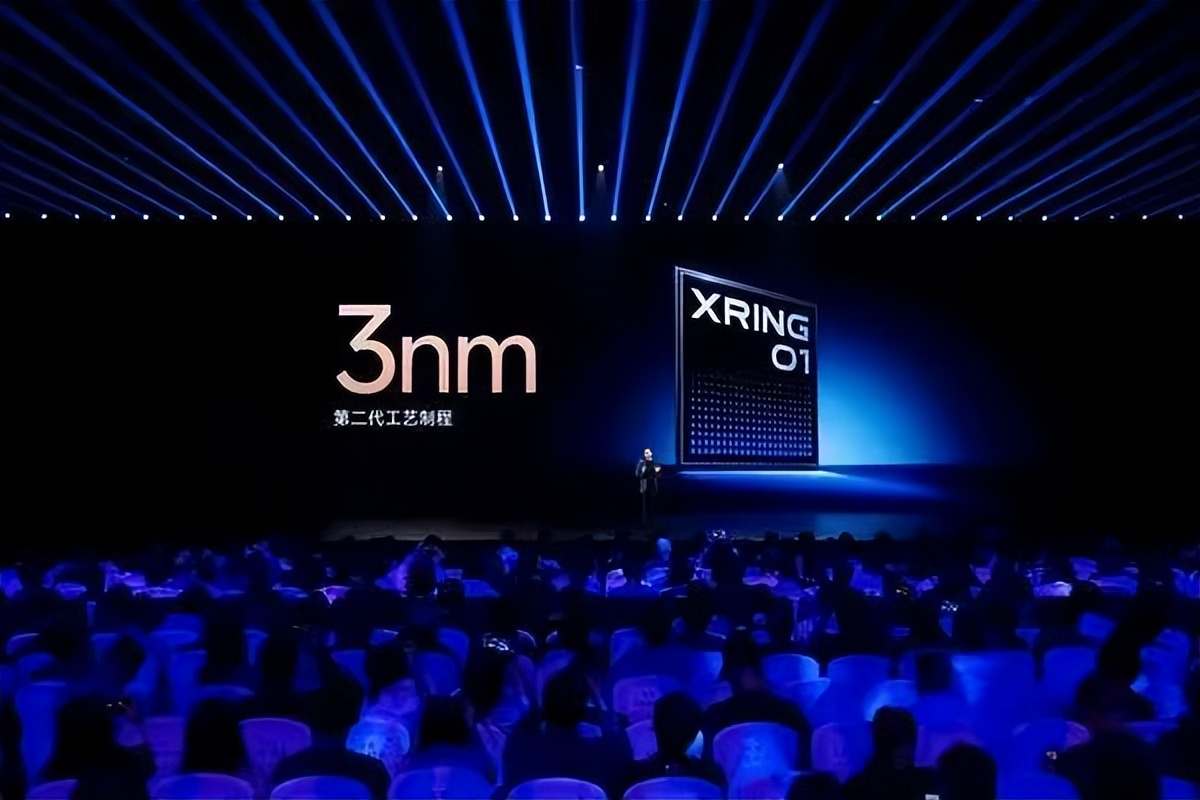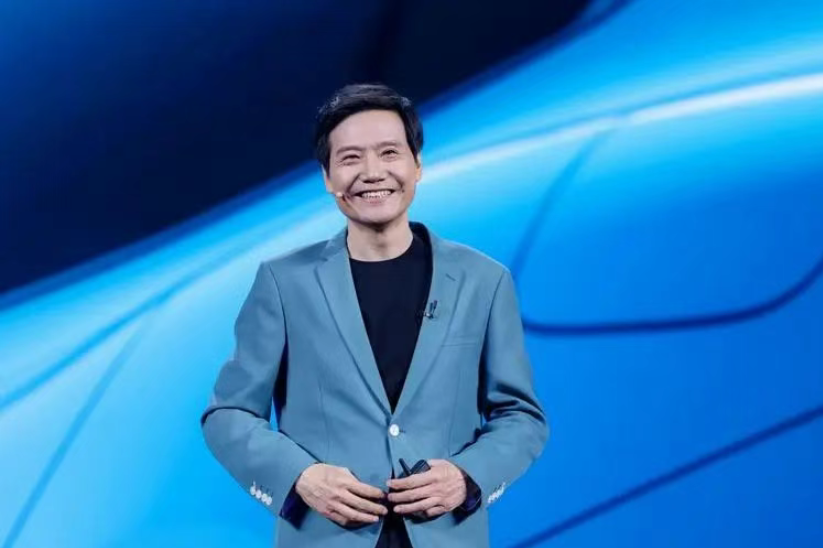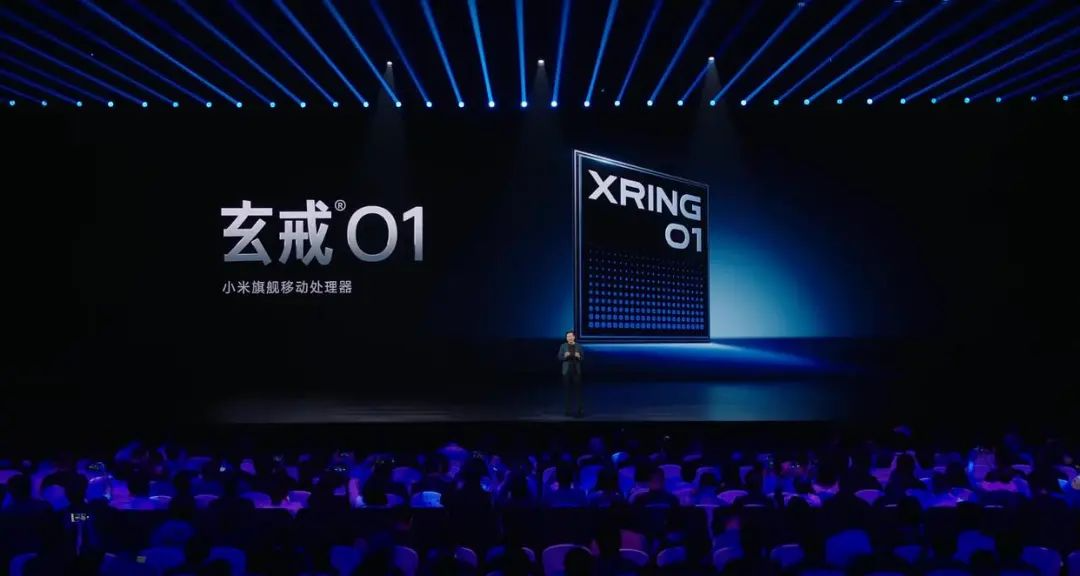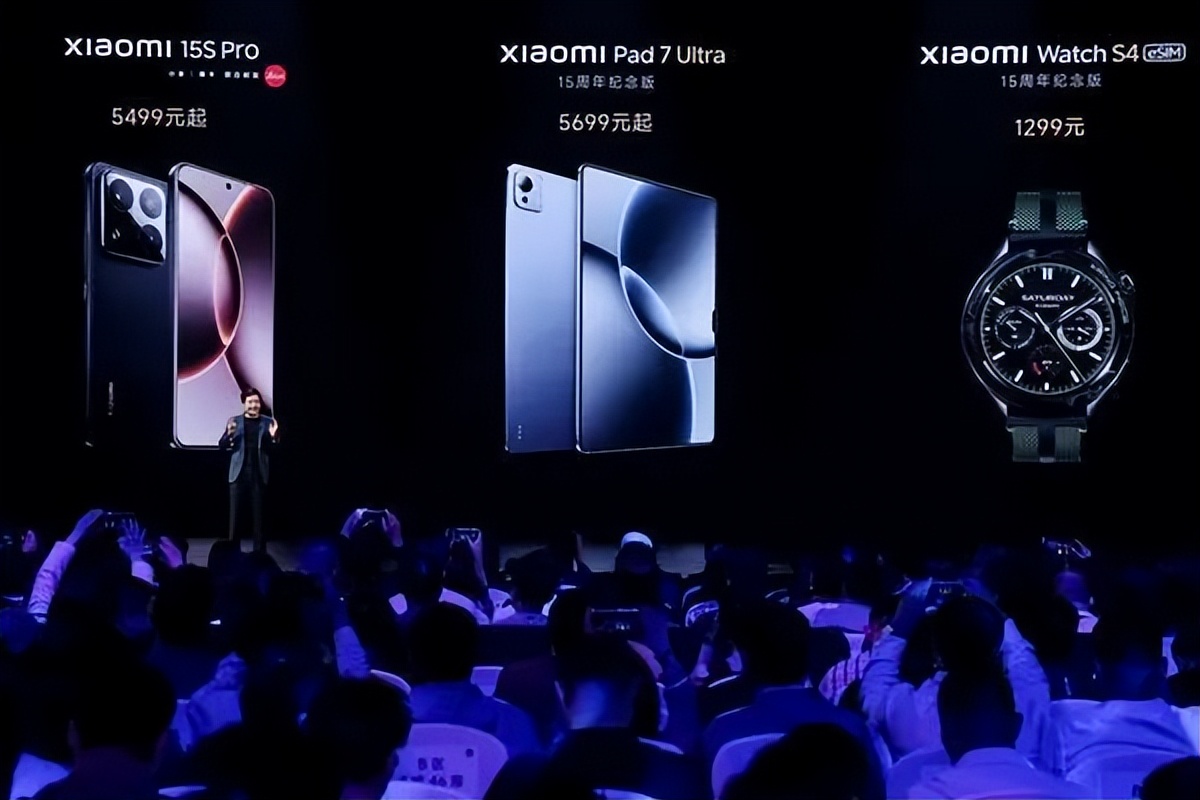Xiaomi's Path to Chip Mastery: Persistence Pays Off, Latecomers Find Opportunities
![]() 05/23 2025
05/23 2025
![]() 848
848
Introduction: Xiaomi's breakthrough in high-end SoC chips echoes the triumphs of Chinese automakers overcoming engine technology hurdles, DeepSeek surpassing large AI models, and Unitree Robotics advancing in humanoid robotics. These achievements underscore a fundamental truth: "With determination and hard work, no obstacle is insurmountable; and with persistence, late starters always have a chance to shine."

Author: Lu Yan / Produced by: Lishi Business Review
1
In China's tech industry, the development of System on Chip (SoC) has long been a thorny issue. Especially after Huawei's sanction by the US and OPPO's retreat from Zeku, no Chinese company dared to invest heavily in SoC chips.
The author has always been concerned about this trend. Brian Arthur, a renowned global scholar and advocate of "Complexity Economics," elaborated in his best-selling book "The Nature of Technology" that "All new technologies emerge from existing ones, which in turn stem from the accumulation of earlier technologies." This suggests that Chinese companies' short-term struggles in SoC chips are not insurmountable. With continuous technological accumulation, they stand a chance to leapfrog in future technological shifts. Abandoning exploration and accumulation in this field, however, would shut the door on future opportunities.
Consider the automotive engine industry, where it was once widely believed that Chinese automakers couldn't compete with foreign counterparts in engine technology. Yet, companies like BYD persevered, accumulating significant capabilities. When the era of electric vehicles dawned, these automakers combined their engine expertise with China's leading new energy technologies to create world-class plug-in hybrid technology. This rapid adoption propelled Chinese automakers ahead of foreign brands in the domestic market, regaining strategic dominance in China's automotive sector.
A similar narrative unfolds in the realms of large AI models and humanoid robots. Once, OpenAI and Boston Dynamics' technological supremacy seemed insurmountable. However, young Chinese entrepreneurs like Liang Wenfeng and Wang Xingxing were undeterred. Through relentless effort, they led DeepSeek and Unitree Robotics to surpass OpenAI and Boston Dynamics, respectively.
In the SoC chip arena, China needs a visionary company to nurture the spark for future advancements. Recently, Xiaomi founder Lei Jun announced on Weibo that Xiaomi's self-designed mobile SoC chip, "Xuanjie O1," would soon be unveiled, garnering significant industry and public interest.
2

On May 22, 2025, Xiaomi held a grand product launch event in Beijing, with Lei Jun's mentioned SoC chip, "Xuanjie O1," stealing the spotlight.
Currently, China faces two major hurdles in SoC chips: designing high-end chips and manufacturing them. In manufacturing, TSMC's dominance in nanometer-level process technology makes it challenging for Chinese firms to catch up swiftly. However, the field of high-end chip design is not impenetrable.
"Xuanjie O1," independently designed by Xiaomi and fabricated using TSMC's 3nm process technology, matches current international standards, surpassing the widely speculated 4nm level. This chip marks Xiaomi as the fourth global smartphone manufacturer, after Apple, Samsung, and Huawei, to develop its own SoC chips. It also represents the first successful breakthrough in 3nm chip design by mainland China, bridging the gap in advanced chip design and serving as a milestone in China's tech industry.

In terms of specifications, "Xuanjie O1" boasts 19 billion transistors, matching Apple's A17 Pro chip and dwarfing ordinary small chips. Its performance and power efficiency rival Apple's A17 Pro, with an AnTuTu score of around 3 million, ranking among the industry's best. Notably, unlike most market CPUs with eight cores, "Xuanjie O1" is the industry's only 10-core SoC, comprising 2 super-large cores, 6 large cores, and 2 high-efficiency small cores, balancing performance and energy consumption. It performs on par with competitors in demanding games like Genshin Impact and excels in daily apps like Douyin.

Remarkably, "Xuanjie O1" is not a speculative "future product" but is already equipped in two flagship Xiaomi devices—the Xiaomi 15S Pro and Xiaomi Pad 7 Ultra—now officially on sale. This marks Xiaomi's debut of its self-developed high-end SoC chip in core product lines. Alongside "Xuanjie O1," Xiaomi also introduced the "Xuanjie T1," a long-lasting 4G watch chip integrating Xiaomi's first 4G baseband and eSIM communication, featured in the Xiaomi Watch S4 "15th Anniversary Edition."
These two self-developed Xuanjie chips and the three products they power underscore Xiaomi's significant chip strategy achievements. Those unfamiliar with Xiaomi's journey may wonder how it managed to develop high-end SoC chips so swiftly despite the challenges.
In fact, Xiaomi established Pinecone Electronics for chip development in 2014. The initial Pengpai S1 chip fell short, and subsequent setbacks in the chip field affected Huawei and OPPO. Undeterred, Xiaomi continued pushing boundaries in underlying technologies like chips and operating systems, investing over 100 billion yuan in R&D over the past five years. After launching several functional small chips, it restarted high-end SoC chip R&D in 2021. After four years and investments exceeding 13.5 billion yuan, Xiaomi launched "Xuanjie O1" this year.
However, optimism should be tempered. Xiaomi's successful launch of its first high-end SoC chip is merely the first step. Future success demands annual updates and iterations, each requiring R&D investments exceeding 1 billion USD. Sustaining this investment necessitates tens of millions of chip shipments, a challenging feat for Xiaomi currently. Therefore, Xiaomi needs to make strategic investments and accept losses in the chip sector for years. Nevertheless, Lei Jun stated, "No matter the difficulties, Xiaomi will persist in chip R&D, investing at least 50 billion yuan over at least ten years."
Amidst challenges, there's a promising shift: Moore's Law is slowing down, and the pace of chip miniaturization driven by European and American giants is easing. This presents a critical window for China's chips to catch up globally. Every small step forward by Chinese companies significantly narrows the gap.
Xiaomi's focus on chips now is a strategic choice. Its breakthrough in high-end SoC chips mirrors Chinese automakers' engine technology triumphs, DeepSeek's large model surpasses, and Unitree Robotics' humanoid robot advancements. They all underscore, "With determination and hard work, no obstacle is insurmountable; and with persistence, late starters will always find opportunities."
3
It's unclear how much immediate commercial value this chip will bring to Xiaomi. However, in the long run, it offers immense potential.
In the future smartphone industry competition, chips remain a crucial differentiator. Industry leaders like Apple, Samsung, and Huawei all possess chip design capabilities. "Xuanjie O1" fills Xiaomi's previous void, boosting its confidence to compete with the best.
In the author's view, Xiaomi's high-end SoC chip breakthrough is more significant for the healthy development of China's chip industry chain. If Xiaomi gave up, many high-end chip talents in China would seek employment abroad. Xiaomi's persistence can retain and nurture these talents, attracting top overseas experts to contribute, thereby enhancing China's chip field's talent density and quality. With talent, China's chip industry holds limitless possibilities.
Furthermore, the author expects Xiaomi's chip breakthrough to reignite Chinese smart hardware companies' enthusiasm and confidence in tackling chip field challenges, inspiring other Chinese industries to boldly push boundaries in their respective "impossible" technologies. When these companies nurture sparks in core technology fields, they will converge into a blazing fire in China's tech sector. Technology is crucial for China's economy to leapfrog. Breakthroughs in key technology fields could propel China's economy into a new era of transformation.







